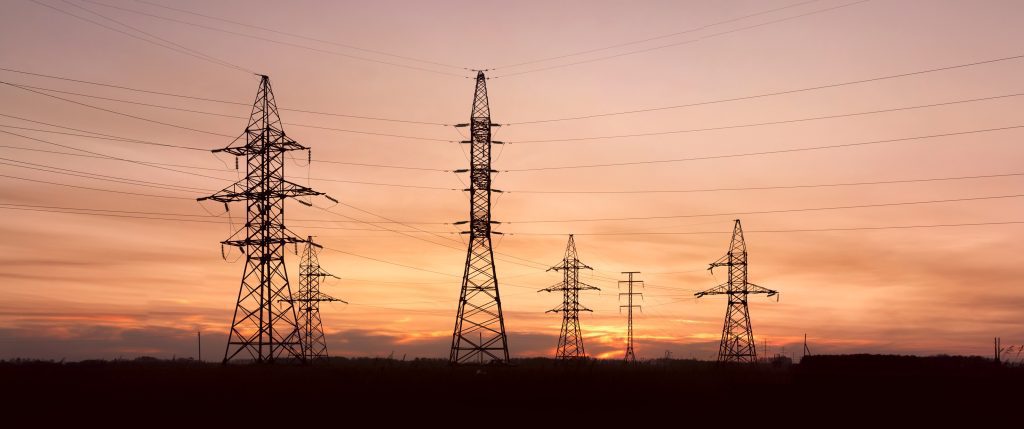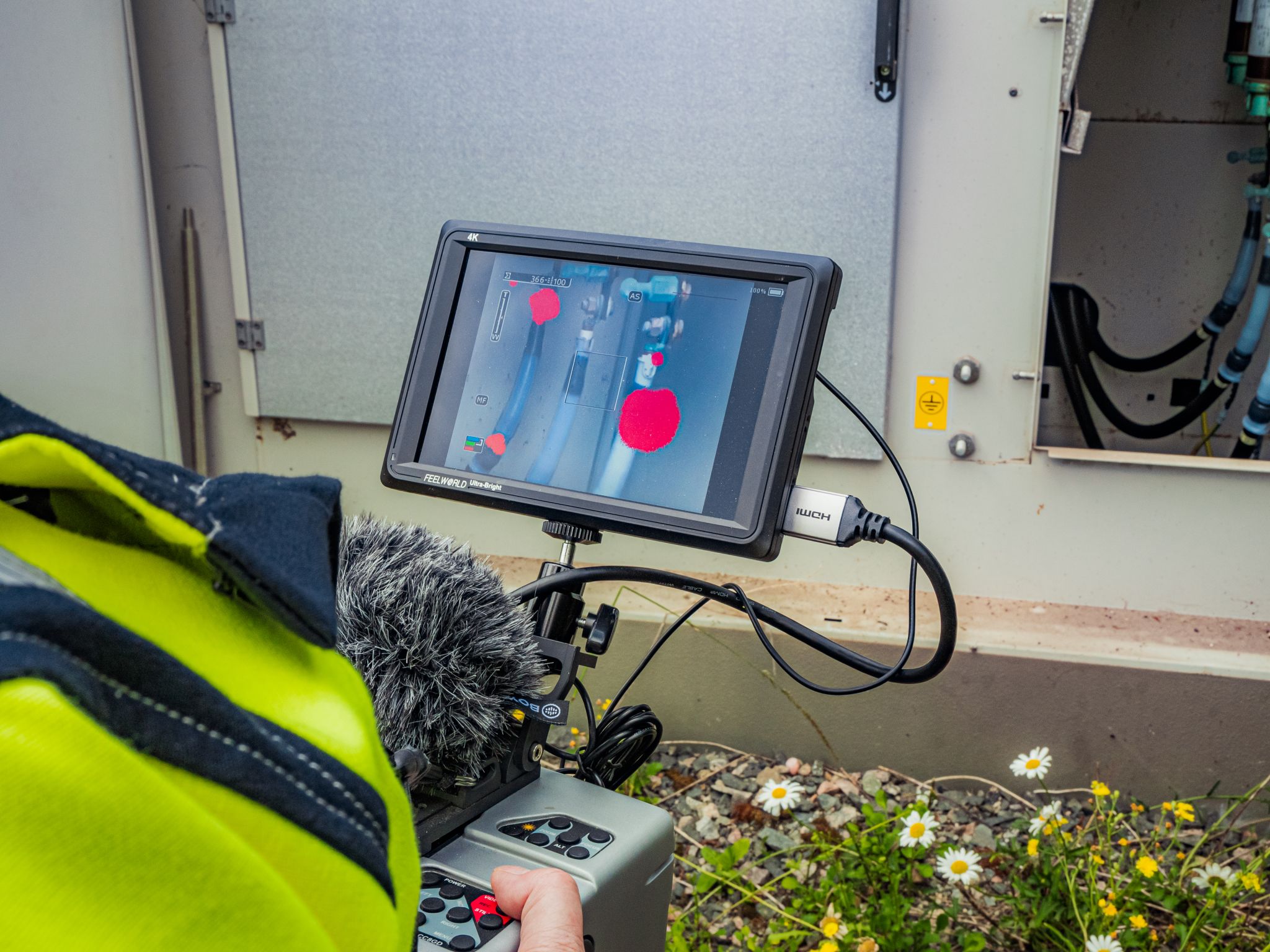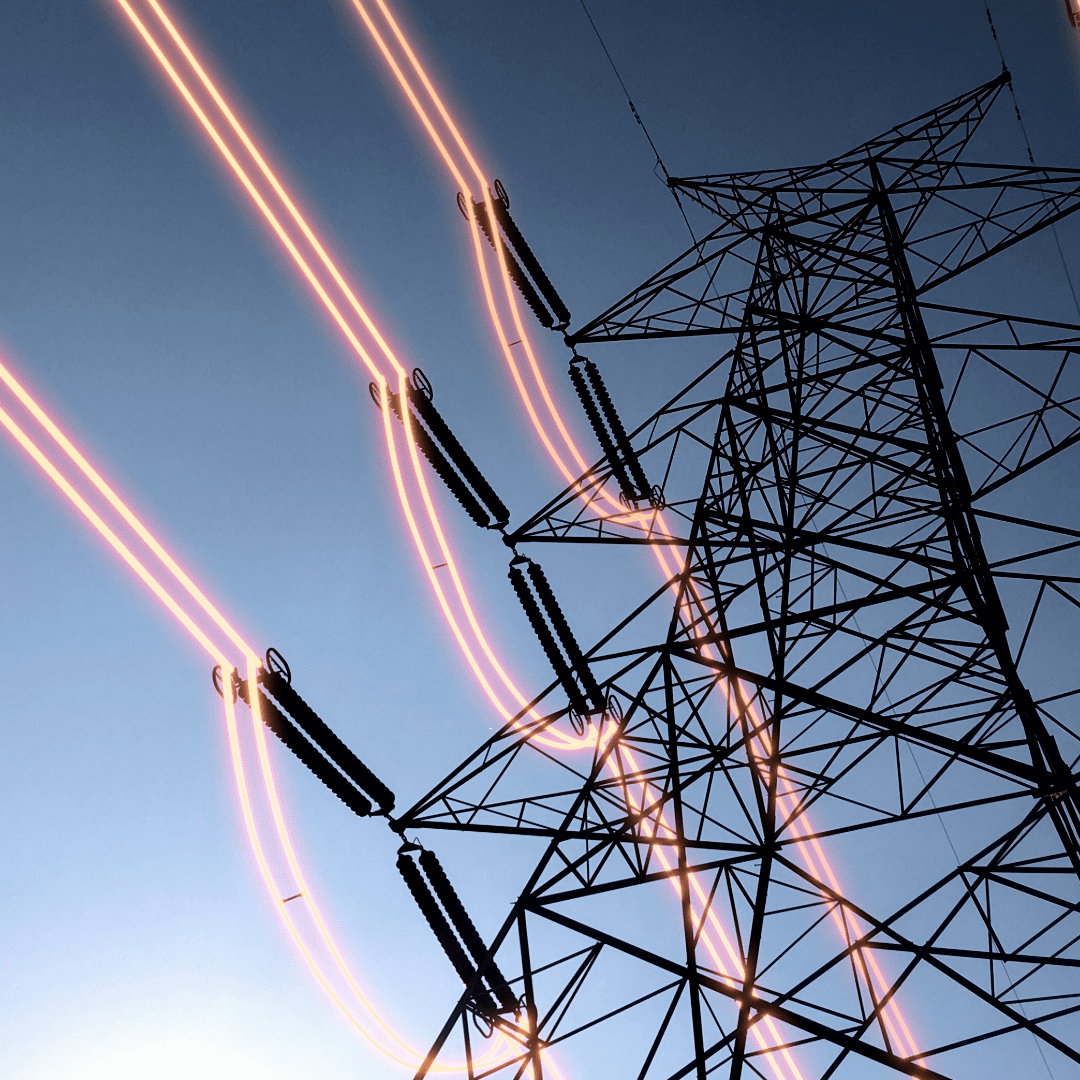All severe faults in a grid must be disconnected, but in a way that only the necessary parts are switched off. Selectivity in the grid is important, but still difficult to achieve due to the behavior of intermittent and transient earth faults. However, smart grid data analytics from Dlaboratory Sweden AB (publ) detects and identifies even the smallest earth faults.

To be able to disconnect a power line if a fault occurs is an important aspect of operating a distribution grid. A grid fault clearing system consists of several tools and components, used to detect faults. The major components are protection relays, measuring what is happening and signaling when a fault occurs, and high voltage circuit breakers that are activated by the signal from the protection relay, disconnecting the line where the fault has occurred.
All severe faults must be disconnected, but to keep the number of customers with outage to a minimum, the disconnection should afflict only the necessary parts of the grid. In addition, the faults must still be cleared even if one component of the fault detection chain is malfunctioning.
So, more than one option to detect and clear the same fault is needed. And the different options must be coordinated so that only the necessary parts are disconnected. This is called selectivity. Selectivity can be achieved by letting more than one protection relay be able to detect the same fault but setting them up so that the relay closest to the fault will react and disconnect the line faster than the other one.
Intermittent and transient earth faults make selectivity harder to achieve, due to the behavior of these kinds of faults. The protection relays can fairly simply detect a transient fault somewhere in the grid. But to identify which line is affected can be a challenge even for the most modern protection relays with dedicated transient and intermittent detection functions. The reason for this is that these faults behave in different ways depending on the grid’s properties (long or short lines, the amount of underground cable compared to overhead line etc.).
It is therefore not unusual that the protection relay that is set to monitor a specific feeder is unable to decide on clearing a fault or makes an erroneous decision and disconnects a healthy feeder. If no decision is made, the backup protection relay will clear all feeders at once – resulting in an unnecessarily high number of customers with outages, as well as an operator with no clue as to which one of the feeders is faulty. The troubleshooting and reconnection work will be more difficult and take more time.
The patented algorithm from dLab for detecting intermittent and transient earth faults, and also being able to identify which feeder is affected, has been developed and tested using recordings of real earth faults from many different distribution networks. Simulations would not work, due to the faults’ varying behavior. With real data as a base, the result is a near 100% detection of the faulty feeder even in the most complex earth fault conditions.
The algorithm is used not only in dAnalyzer but also in dProtection, the centralized protection relay function that runs on the same hardware platform dBox, as utilized for the data acquisition for dAnalyzer. Whether the primary need is a top class earth fault detection or equipping the substation with parallel protection and breaker failure protection on all feeders, dProtection is a wise choice.

